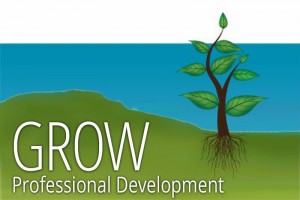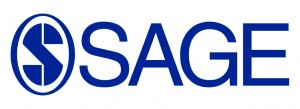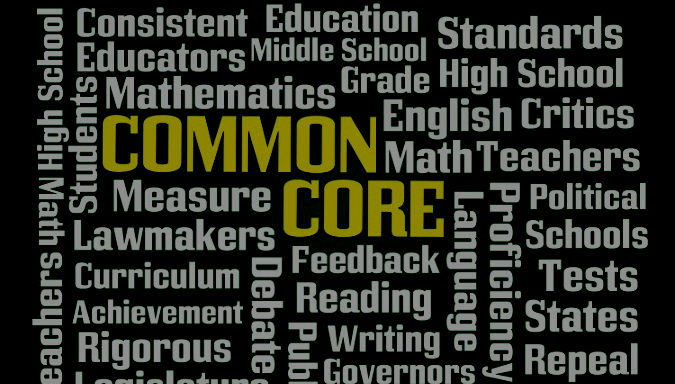By Dan Alpert, Program Director: Equity/Diversity and Professional Learning, SAGE Publications
Each year, scathing critiques of public education flood our newspapers and social media. It may be an old story, but public school K-12 educators are at a critical point in time this school year. We are deep into the massive project of implementing rigorous new standards for college and career readiness. Despite the passage of 60 years since Brown v. Board of Education, 50 years since the Civil Rights Act of 1964, and despite significant shifts in our nation’s demographics, we’ve made little progress closing sizable achievement gaps between our privileged and marginalized student populations. And the inauguration of new high-stakes assessments, the brainchildren of two interstate consortia – PARCC and Smarter Balanced — will undoubtedly launch a fresh, new wave of dire predictions.

The intent of the new standards is grounded in the notion that our citizenry is ill-equipped to confront the ambiguities and “adaptive challenges” of modern-day life. Yet, decades of failed school reform efforts have taught us that standards and “top down” accountability are unlikely to disturb the status quo. Embracing the new standards means engaging in a process of critically reexamining our approaches to teaching. Yet, is it realistic to expect us to radically reinvent centuries-old approaches to teaching (and learning) in a mere few years?
Just how are we preparing our teachers to prepare our children for “21st Century Skills” such as deep reading and argumentation? The evidence suggests not very well. Much of the professional development that takes place in the U.S. continues to be of the “spray and pray” variety: we brought in the consultant, we ran the workshops, we offered the on-line courses, and look what happened? Nothing! Much in the same way that we must reexamine the way we teach our children, we must begin to shift our approach to professional learning.

Learning Forward, the national association for advancing professional learning for student success, in the latest iteration of its Standards for Professional Learning, offers a clear vision of what it takes to accomplish this shift. Among other things, the standards prioritize enhanced opportunities for teacher collaboration, leaders establishing support systems and structures in support of effective professional learning, and the importance of allotting sufficient time (ideally part of every school day) for collaboration and planning. Such models are common in high-achieving nations such as Finland, Singapore, and South Korea. And they don’t necessarily require massive expenditures. Above all, providing educators with opportunities to learn honors teachers as skilled professionals, as well as the remarkable human capacity for innovation and improvement. It celebrates the idea that we all are capable of continuous growth in the face of rapid change. And don’t we owe at least this ourselves, to our children, and to generations of children to come?
[alert-info]
About the Author
Dan Alpert was born and bred in New Haven, Connecticut and is a product of the New Haven public school system. He recently celebrated his 30th year in the educational publishing industry and is currently a Program Director at Corwin Press where he specializes in books and resources on improving Professional Learning and Educational Equity.
[/alert-info]Sneakers


Thanks for sharing this post. It is a clear vision of what it takes to accomplish this shift. This will help and give opportunities for teacher, and leaders in collaboration and planning for the innovation and rapid success of improvement.